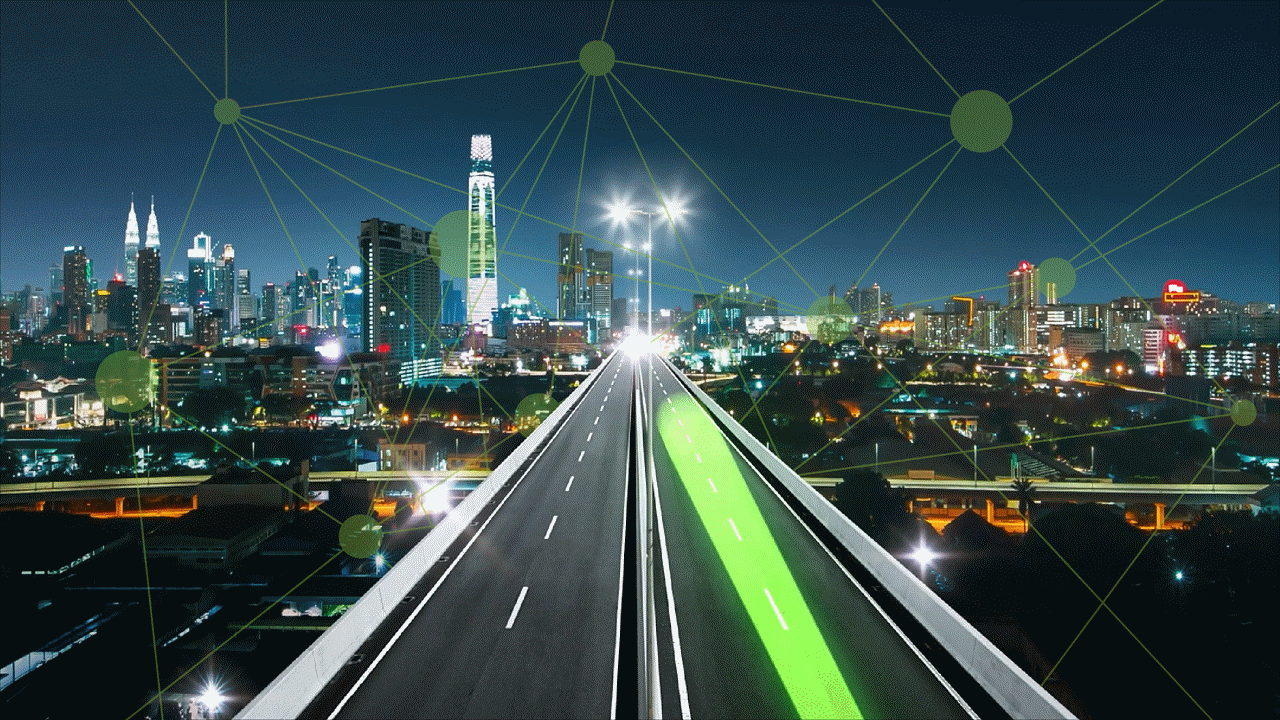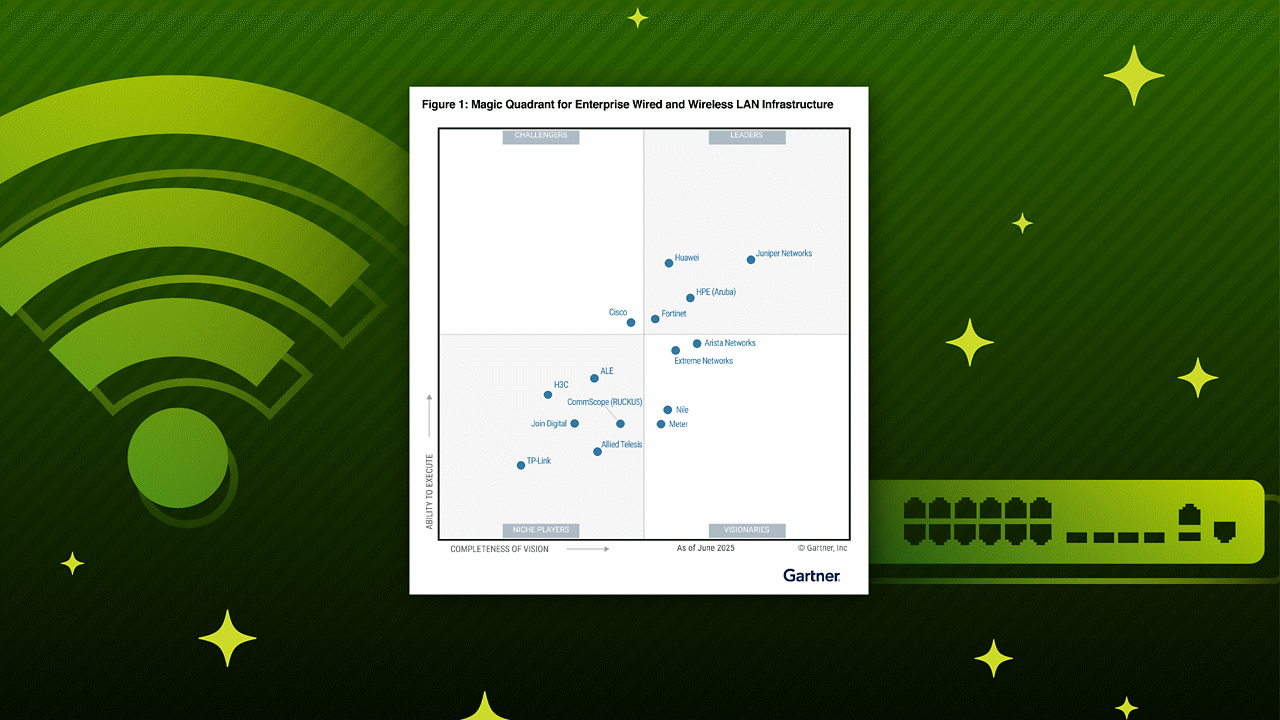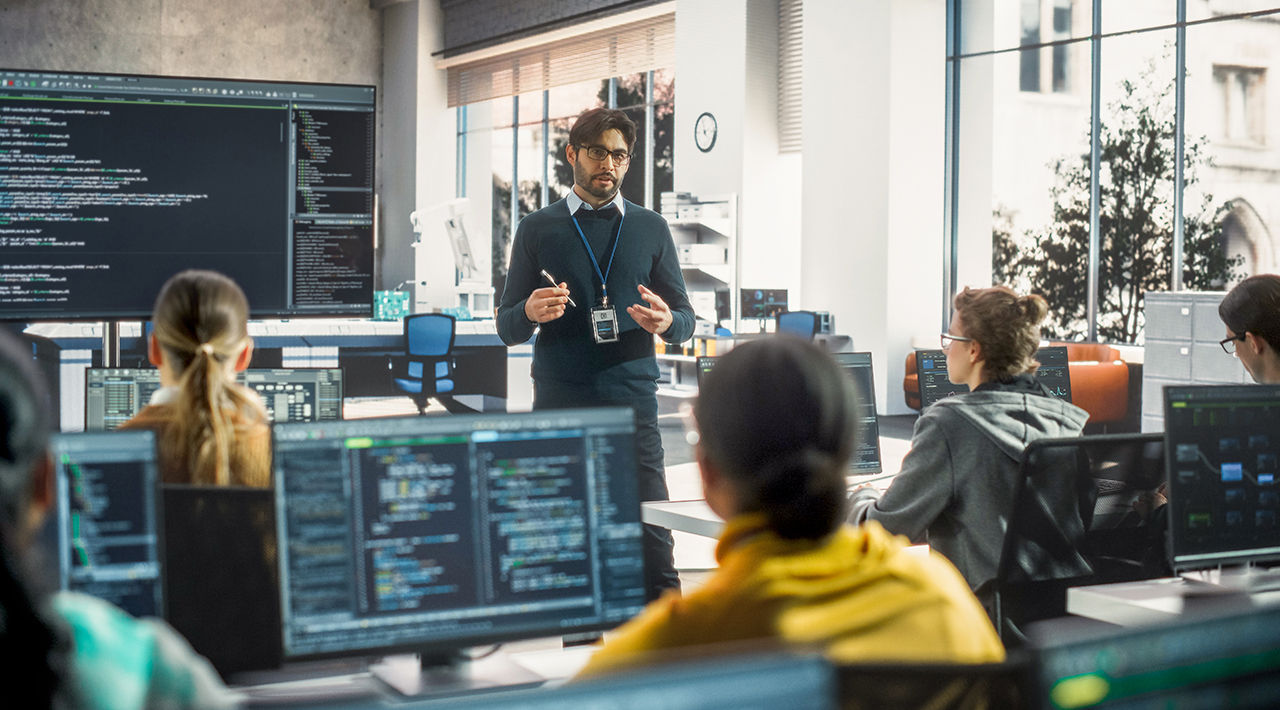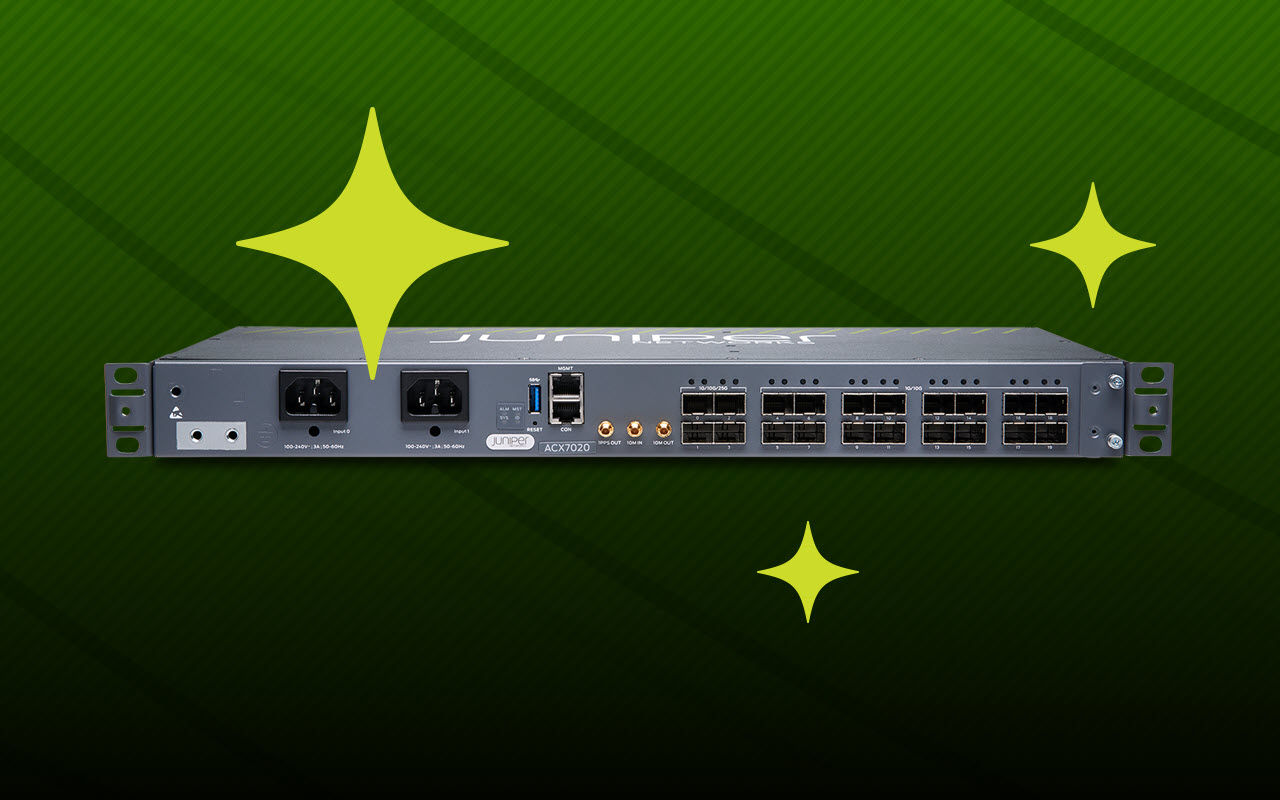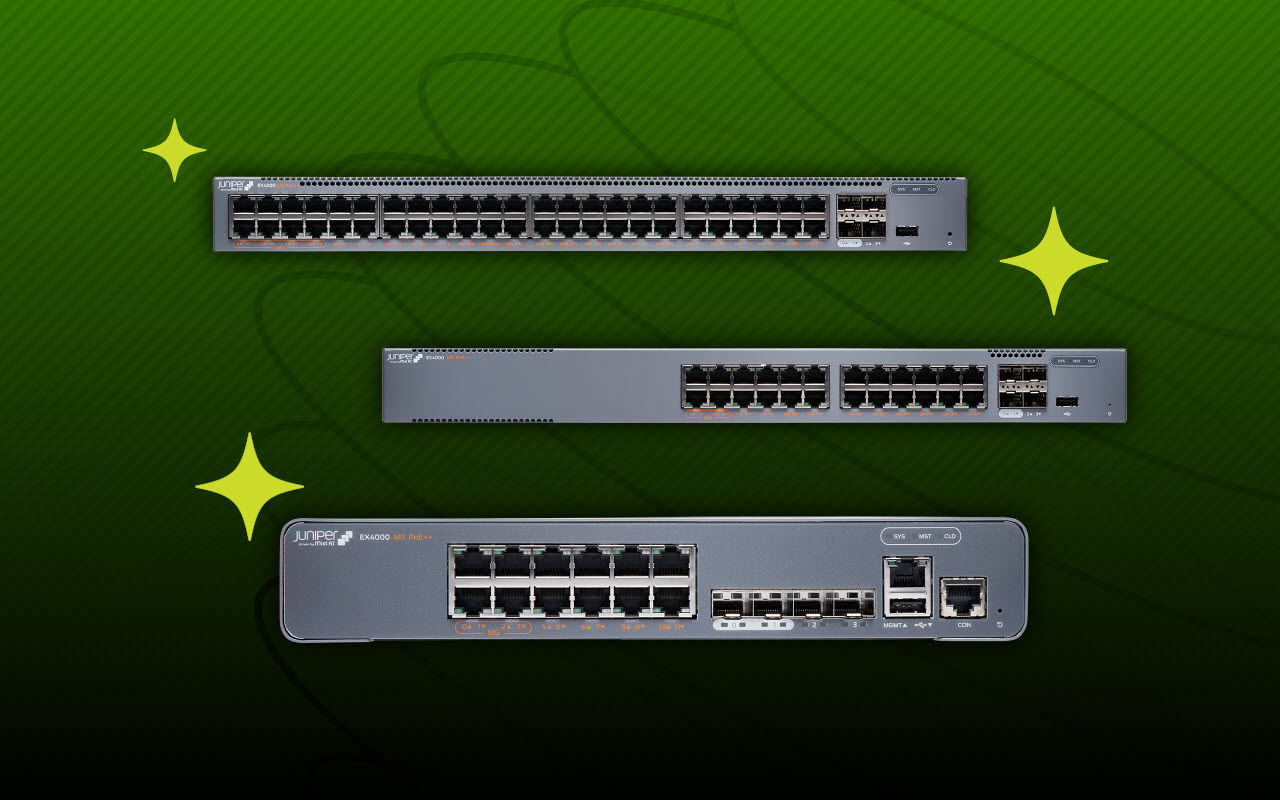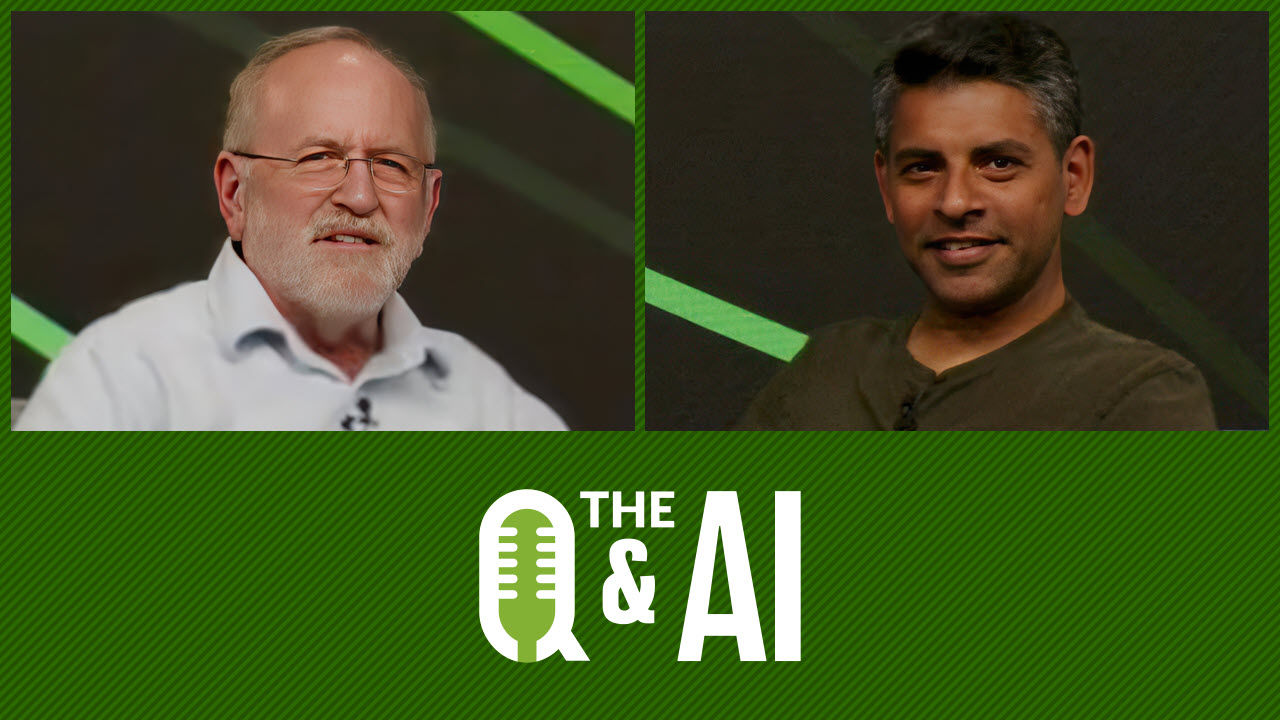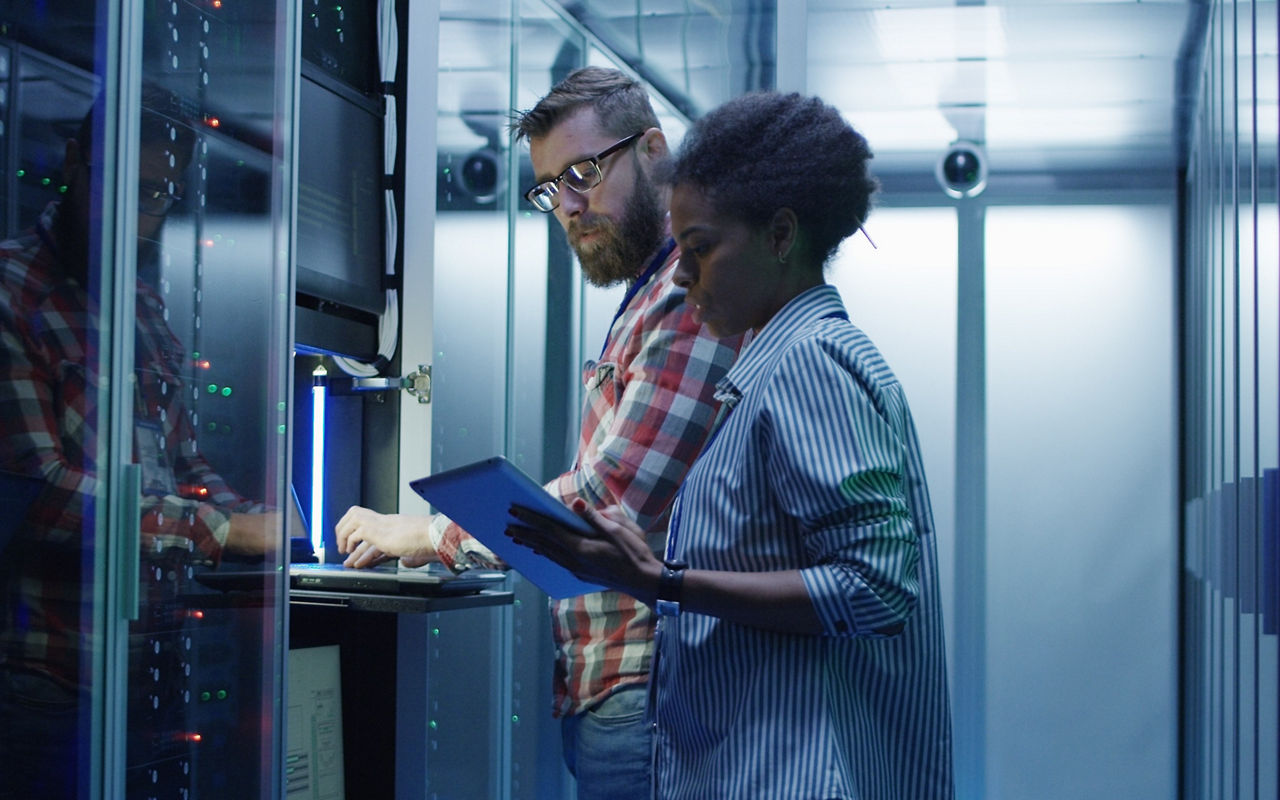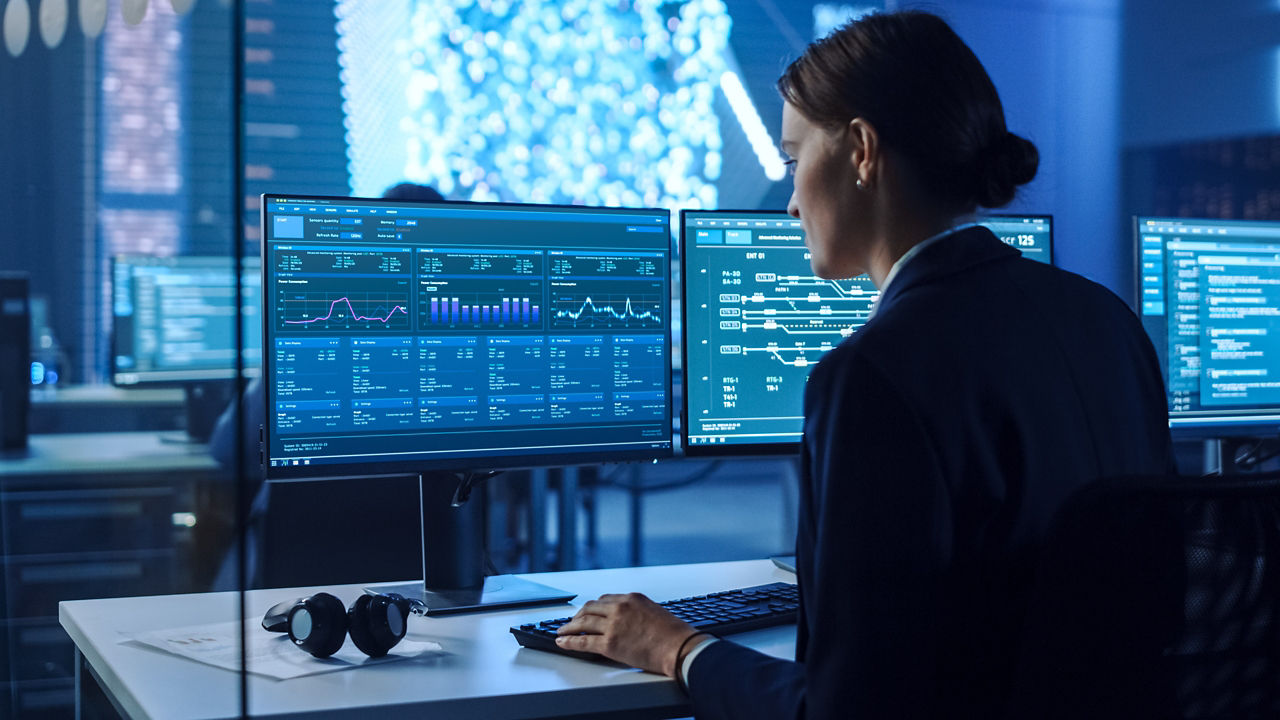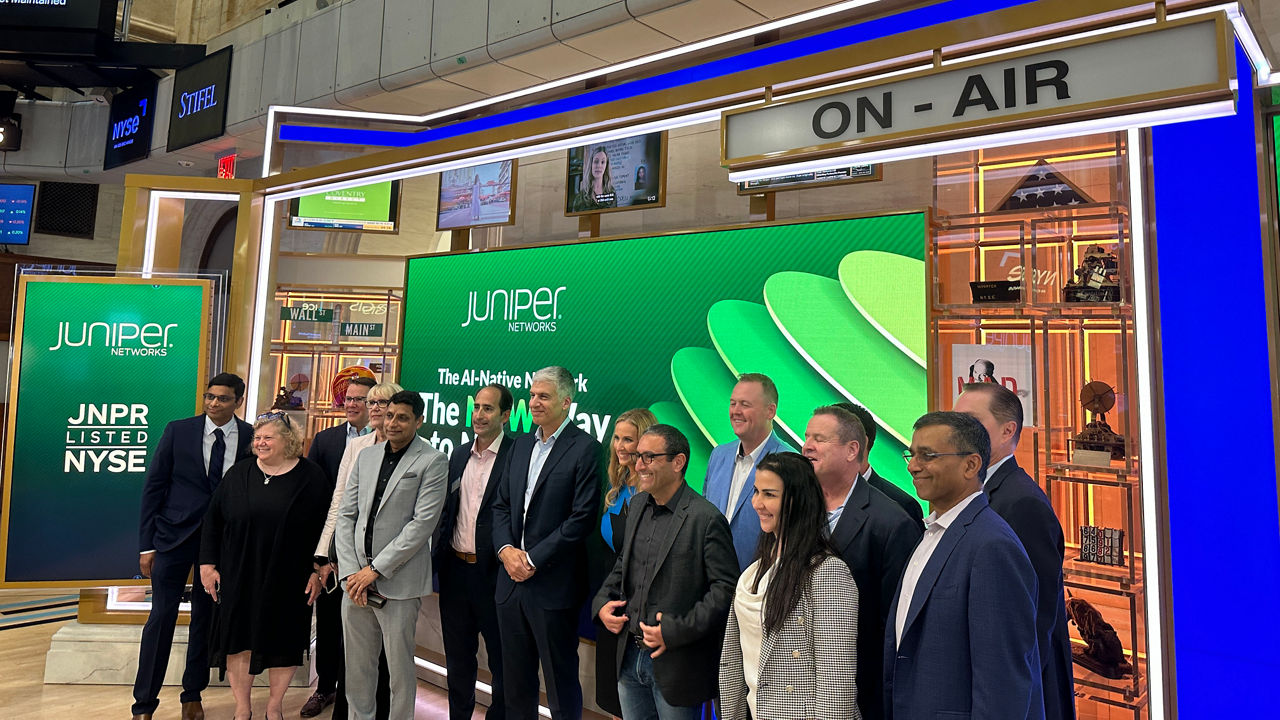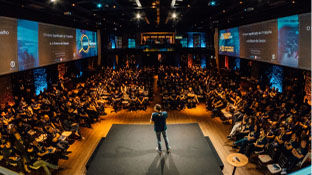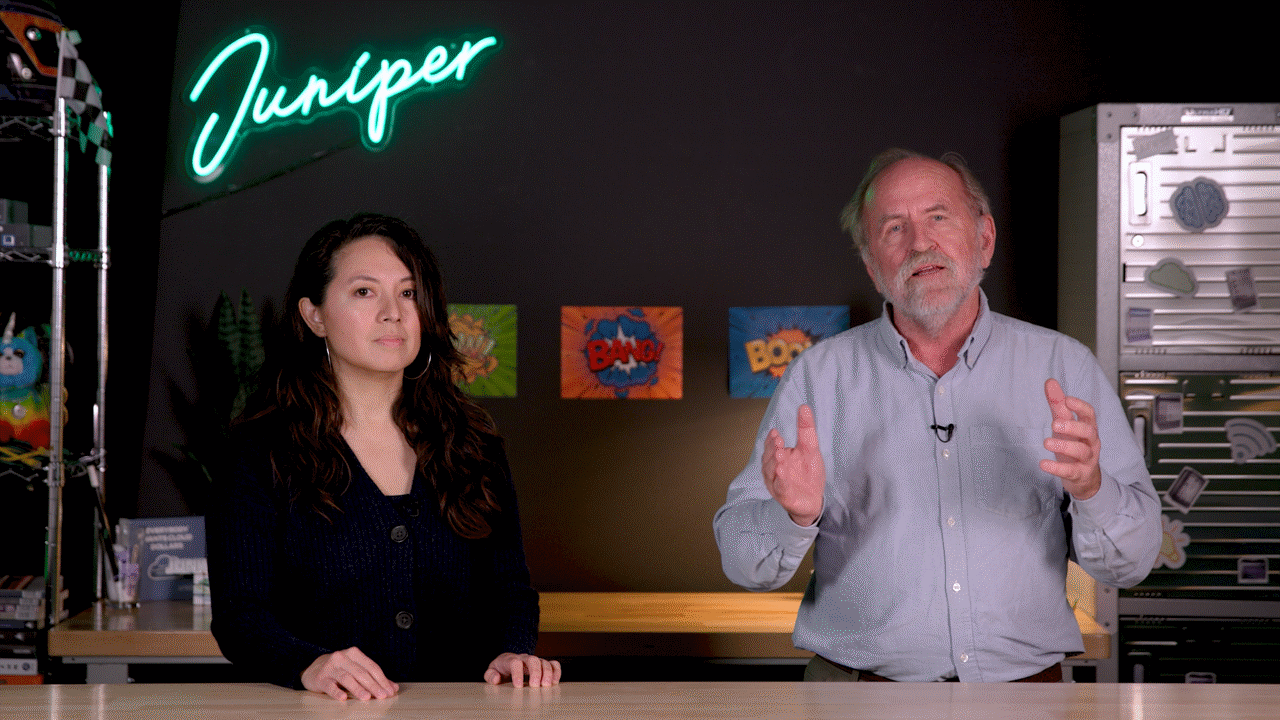Rami Rahim, Juniper Networks | MWC25 Barcelona

Rami Rahim, Juniper Networks | MWC25 Barcelona
Dave Vellante and Bob Laliberte host a conversation with Rami Rahim, CEO of Juniper Networks, as part of theCUBE’s coverage of MWC25 from Barcelona, Spain.
You’ll learn
The impact of AI on networking
Challenges and opportunities facing the networking industry
The role silicon plays in network innovation
Who is this for?
Host


Guest speakers

Experience More
Transcript
Navigating the AI Revolution in Networking: From Acquisition to Adaptation
0:07 Hi everybody.
0:07 Welcome back to Fira Barcelona. My name is Dave Vellante.
0:09 I'm here with Bob Laliberte.
0:11 Really excited to have Rami Rahim back on theCUBE,
0:14 CEO of Juniper Networks.
0:15 Rami, thanks for coming on.
0:17 Great to be here. - Good to see you. Last year,
0:18 a year ago, we were on this set
0:20 and of course we were talking about the acquisition.
0:22 We don't really want to get into the acquisition.
0:24 A lot of that's been said out there.
0:26 But what can you tell us about the state?
0:29 A lot of information is out there in the internet,
0:30 but give us your quick take.
0:33 Look, I'll say that we remain super excited about the
0:36 proposition of combining with HPE
0:38 and becoming a really powerful player in the industry,
0:41 especially in networking.
0:42 We're working through the process,
0:43 including the DOJ challenge.
0:45 That being said, there's so much amazing things happening at
0:48 Juniper right now, I'd love to focus this interview on that.
0:50 Yeah, good. Well, let's do that.
0:52 What's got you excited these days?
0:54 Where do you want to start?
0:57 Juniper started in the age of the internet,
0:59 and I remember way back then
1:02 we were really pushing the edge, the limits of technology,
1:05 silicon development software,
1:06 scale out the software development and so forth.
1:09 Fast forward to today what's happening
1:11 with artificial intelligence,
1:12 I feel like once again we're having to push the very limits
1:16 of what's possible with technology.
1:18 Things that were kind of nice to have, like liquid cooling,
1:22 co-packaged optics
1:23 and so on, are now becoming necessary to have to keep up
1:26 with the pace of change and the capacity requirements of AI.
1:31 So how are you seeing your customers
1:35 deal with that change?
1:36 Are they refactoring their data centers?
1:39 Obviously the hyperscalers are all over this.
1:42 The on-prem customers that we talk to, they all want
1:44 to build AI centers of excellence.
1:46 They're rethinking their air-cooled data centers.
1:51 Because they really haven't invested a ton.
1:52 They've been de-investing in data centers
1:54 for a while. What are you seeing?
1:56 I think there are two big opportunities.
1:58 The first one is AI for networks.
2:00 And that really is an opportunity that transcends customers.
2:04 It applies to every customer segment, cloud, SB, enterprise.
2:08 And this is all about leveraging artificial intelligence
2:10 to make network operations far easier,
2:13 to basically make the heroes
2:16 of network operations really successful
2:18 for their organizations.
2:20 But to also delight the end user with an experience
2:23 that's always awesome, irrespective of
2:25 what they're using the network for.
2:27 That's the first big opportunity.
2:28 The second opportunity is networks for AI.
2:31 This is now basically making artificial intelligence
2:34 applications of any type possible to begin with.
2:37 Here, of course, you need
2:39 to have this high performance fabric connecting GPUs, tens,
2:42 hundreds, thousands, hundreds of thousands, soon
2:45 to be millions connected together.
2:47 You need a network with the right set of attributes
2:50 to keep up with that capacity.
2:51 So how is the role
2:54 of the network's operation person changing?
2:59 I think about storage, like somebody managing LUNs,
3:02 that changed overnight.
3:05 Well, it felt like overnight with the cloud.
3:07 How is the network operator changing?
3:09 You got AI for networking, makes their lives easier,
3:12 but then you got networks for AI.
3:14 That's a whole new game. How does that change?
Foundations and Leadership in AI-native Networks
3:16 Well, starting with AI for networks, any big CTO,
3:20 the CTO of a big company, CIO,
3:25 is going to be typically struggling just keeping up
3:29 with maintaining the network
3:31 to provide a great experience for their end users.
3:34 Like keeping the lights on typically is an arduous task
3:38 in and of itself.
3:40 Providing artificial intelligence
3:42 and moving much of that operations to robots,
3:45 basically software that's doing that work that would
3:48 otherwise have to be done by humans, is
3:51 what this opportunity is all about.
3:52 Our solution, which is driven by Mist AI,
3:55 is truly unique in the industry today in giving operators
4:00 that freedom to focus on much more consequential,
4:03 important things, like advancing their strategies,
4:07 keeping the disruptors out, generating new revenue streams.
4:10 That's what they should be focusing on, not just the day-to-
4:14 day firefighting that's necessary
4:15 to delight their end users.
4:18 On the other side of the equation, networks for AI,
4:21 there it's just about keeping up with the capacity.
4:23 I mean, what's happening right now is unbelievable.
4:26 The pace of investment, tens of billions, hundreds
4:30 of billions of dollars going into learning.
4:33 In time all of that learning has to translate to inference
4:38 and value generation.
4:39 That's necessarily going to happen closer to
4:41 where the data is at the edge
4:43 or even in the customer premises.
4:45 And that's a whole new skill set
4:47 that we're helping our customers achieve.
4:49 Now, Mist AI has always been unique in the industry.
4:52 I want to ask you a question about when you see the race
4:55 to AGI, all the LLMs,
4:58 they're leapfrogging each other, everybody's catching up.
5:00 It's like the NFL, it's like the copycat league.
5:03 How are you able to maintain your lead
5:08 with something like Mist AI?
5:10 Or has the competition, are they closing in?
5:13 I'm sure you're going to say they're not. But why is that?
5:17 I think there are three really critical ingredients
5:20 of an AI-native network.
5:22 I know a lot of people like to use that term,
5:24 but at Juniper we like to be very specific about
5:27 what defines an AI-native network.
5:29 The first is you must have access to the right data.
5:33 And by data, I'm not just looking at whether the network is
5:35 up, whether my network elements are working, I need
5:38 to understand in real time whether my customers are actually
5:42 happy, whether the experience
5:44 of using the network is a good experience.
5:47 That is not something that many people can do.
5:49 I mean, Juniper I think is somewhat unique in that area.
5:52 Second, it's about having a proven cloud
5:55 that can scale from the smallest to the largest
5:59 of customers, as we have done, again,
6:01 with incredible wins around the world.
6:04 And the third is the accurate response.
6:06 Because some of our peers like
6:08 to talk a lot about observability,
6:10 and observability is important,
6:11 but it's only half of the equation.
6:13 You must translate observability into insights,
6:15 and insights then translate into actions.
6:18 And those actions have to be tangible,
6:20 reduction in trouble tickets, reduction in time
6:23 to deployment of new services and networks.
6:25 And then we're doing that in
6:26 spades for customers around the world.
6:28 How do you do that? How do you turn those
6:32 that insight into action?
6:34 And what role will agents play?
6:36 So AI comes down to data and learning
6:41 and then translating learning into actions.
6:44 We have been doing this longer than anybody else.
6:47 We have been collecting the data now for 10 years,
6:51 if you include the years
6:52 that Mist was an independent company.
6:54 And then since we acquired Mist
6:55 and expanded that AI architecture across all aspects
7:00 of our solution.
7:01 So we have been collecting that data
7:03 and learning from real life deployments longer than
7:06 anybody else.
7:08 That gives us a unique advantage.
7:09 So Jassy's law applies here, no compression algorithm
7:12 for experience.
7:14 It seems like it's being challenged in LLMs,
7:18 but not in your space, certainly not in silicon.
7:21 Yeah. - Yeah.
7:22 Go ahead, Bob. I know you want to jump in.
Optimizing AI Network Efficiency: Expansion and Congestion Solutions
7:23 >> Yeah, no. The process has been really
7:26 what we've talked about is the mystification of Juniper.
7:29 And when we talk about the differentiation,
7:31 it's really been the extensibility of the Mist AI engine,
7:35 that you started with wireless, but it's ...
7:38 When you talk about what's differentiated,
7:39 they've got a single AI engine that can go across wireless,
7:43 wired, data center, WAN,
7:45 and the innovation just keeps on coming.
7:48 And a lot of the things that you had talked about,
7:51 it was really interesting to hear about the AI
7:53 for networking and networks for AI.
7:56 And the networks for AI is actually two components.
7:59 There's the front end and the back end component of it.
8:01 And you could argue that certainly on
8:03 that back end environment, AI
8:05 for networks is critically important for that
8:08 because you're talking about billions of dollars
8:10 as an investment, needing to keep it always optimized, self-
8:13 healing, self-optimized network.
8:15 And the only way to do that in these environments is
8:18 through AI.
8:19 And I'm really glad that you brought up
8:21 that it's been a 10 year process.
8:23 >> Yeah. - Because so many times when things get exciting,
8:26 there's a lot of washing, right?
8:27 AI washing. "Hey, look, we've now got AI ops.
8:30 >> Correct. - Right. And so when you talk,
8:34 you can really tell the difference from an organization
8:36 that has a mature solution that's able to say,
8:39 "We've gone back 10 years. 8:41 A lot of the processes that you've developed over"
8:44 that time really shows that you've got a mature solution
8:47 that's delivering real value, like you said.
8:49 And the initial value is always that we've been able
8:53 to reduce the number of tickets.
8:55 The real value is
8:56 with the time saved from firefighting those tickets,
8:59 they've been able to work on strategic initiatives.
9:01 >> Yes. - And we've seen that the research shows 93%
9:05 of organizations came out
9:06 and said, "The network is more important
9:09 to achieving our business goals.
9:10 " So they recognize that.
9:12 You're giving them the tools
9:14 to drive those business outcomes through the operations.
9:17 >> Yes, yes. Look, it's hard to follow that up
9:18 because I can't agree more with everything you just said.
9:21 That being said, you're absolutely right.
9:23 The strategy for us has been to make Mist AI way
9:28 beyond what it initially was, which was Wi-Fi,
9:30 to now include every single aspect of the networking stack.
9:35 We've expanded it to include wired switching,
9:37 network access control, SD-WAN, security in the cloud,
9:41 security on premises, data center.
9:43 And at this event we're now talking about Mist AI
9:47 basically simplifying the operations of WAN networks.
9:50 The other thing that you said that's really important,
9:53 when you look at networking inside of the AI data center,
9:57 the most precious resource are those extremely
10:00 expensive GPUs.
10:02 And any congestion in the network is evil
10:07 because it results in an inefficiency,
10:10 wasted cycles in those GPUs.
10:12 Nobody wants that.
10:14 And so we have built into our automation capabilities
10:18 for the data center the ability to detect congestion
10:22 and to proactively alleviate it
10:25 before it's starts to reduce the utilization
10:28 of those precious GPU resources.
10:31 That has resulted in some of the wins
10:32 that we're achieving now in that space.
10:34 >> Absolutely. - Look, I know there's like a backlash on DEI
Juniper's Quest for Sustainable Silicon Solutions
10:37 and ESG,
10:38 but you guys have never been about virtual signaling.
10:42 And frankly, most people in the data center business
10:44 understand the importance of having energy-efficient
10:48 equipment and software that actually can help fine-
10:51 tune the system.
10:52 So we just put out our forecast on the
10:55 future of the data center.
10:56 It blew me away when I saw the numbers.
10:58 The data center's been relatively flat.
11:00 There's been some share shifts over the years.
11:03 And then all of a sudden, 2023, 2024, it's a spike up
11:07 and it appears to be headed on a trillion dollar trajectory.
11:10 I'm talking all in, power, cooling, everything, networking,
11:13 storage, compute.
11:15 And it's growing at a ten-year CAGR of around 15%.
11:20 >> Yes. - Which is amazing. But the one big risk
11:22 to our scenario is energy
11:24 and not being able to get enough of.
11:25 Everywhere I go, it's like, "Yeah, well we wanted
11:27 to bring AI on-prem
11:29 or we want to build other data centers,
11:31 we just can't get energy in." So what are your thoughts on
11:35 that as a blocker?
11:36 How will the industry deal with it?
11:37 >> So not that long ago the key metric
11:42 that our customers cared about was performance,
11:44 basically bits per second.
11:46 Today, that's ancient history.
11:49 It's watts per bits per second.
11:51 It's how you achieve performance from a power
11:54 efficiency standpoint.
11:56 Now we've always at Juniper been good
11:58 at silicon development.
11:59 We continue to invest in this area.
12:01 We continue to develop
12:03 and release some incredible silicon technology that achieves
12:06 the performance gains that our customers need to keep up
12:09 with their requirements.
12:11 But increasingly,
12:12 our innovation is going in the architectures
12:14 to achieve even more efficient networking.
12:18 And we've added now software layers
12:21 that has the intelligence to understand how the
12:27 products we're developing in the network are being utilized,
12:30 and in near real time managing power, turning off engines
12:34 that are not being used, for example, in order
12:38 to just save power.
12:40 And that today is sort of a nice to have,
12:43 but I think in the very near future it's going
12:46 to become an absolutely must have. And we're prepared.
12:49 >> You mentioned silicon a couple of times.
12:52 When did you start your silicon journey?
Global Semiconductor Manufacturing Ecosystem
12:54 >> Well, me personally, when I joined Juniper
12:58 as the youngest employee
13:00 and engineer on the team, I was a silicon developer.
13:02 Actually initially I was a silicon verification engineer,
13:05 then I became a silicon developer.
13:07 Then I ran a bunch of silicon projects in the company.
13:10 So at heart, I'm still a silicon engineer.
13:14 It's great to see the transition over the years.
13:17 In the early days of Juniper, silicon was front
13:20 and center in the industry.
13:22 Then we went through a period where people were confused.
13:24 It was like software is eating the world
13:26 and silicon's sort of no longer-
13:28 >> Don't invest in silicon, right?
13:30 >> For us silicon guys, that was a difficult period.
13:32 >> Yeah, I bet. - Now silicon is once again
13:35 the front and center.
13:36 I mean, this is where a ton of the innovation
13:40 that's happening in artificial intelligence
13:43 is just staggering.
13:46 Honestly, you wake up every day
13:47 and you don't even know what's coming your way in terms
13:50 of some new big innovation.
13:53 And it's exciting time to be in IT.
13:55 It's exciting time to be a chip developer and in technology.
13:58 >> And it gives you a competitive advantage obviously.
14:01 Maybe you could explain why.
14:05 >> So at Juniper, we leverage, depending on the use case,
14:10 either custom or merchant silicon.
14:12 In some use cases, let's say data center top
14:14 of rack switching, we've got great partners, like Broadcom
14:18 for example, that provide us with wonderful technology
14:20 that we can leverage that's
14:22 for our customers exactly what they want.
14:24 In some use cases, take areas
14:27 where you need a high degree of flexibility.
14:30 Our Trio chipset for the MX product line, a product
14:34 that I actually had a hand in developing back when I was an
14:36 engineer many years ago, is the most flexible
14:41 network processor in the planet, that can keep up
14:44 with new changes and use cases, protocols and so forth.
14:48 So the investment protection
14:50 that a customer gets in leveraging Trio
14:52 for the MX is basically endless.
14:55 But we've also developed a line of silicon called Express
14:58 for our PTX product lines that optimizes
15:01 for power efficiency and performance.
15:04 This is where our large cloud provider customers,
15:07 large telcos that are building converged cores,
15:10 are really turning to as a great solution
15:13 for their use cases.
15:15 >> And your process nodes, do you require
15:21 super advanced manufacturing, like an iPhone?
15:24 >> Of course. - You do.
15:25 >> We're always on the cutting edge
15:27 of process node technology, of course.
15:29 >> How important is it for you as a silicon designer
15:33 to have a US-based
15:37 advanced manufacturing capability?
15:40 >> I think it's really important for the US.
15:43 I think having a healthy ecosystem of manufacturing,
15:47 basically fabrication options for silicon, is very good.
15:51 So we would fully support
15:53 and we would look to leverage any sort
15:56 of fabrication facilities and capacity in the US.
16:00 That's going to happen over time.
16:01 So at this point in time, we're still in a wait
16:04 and see mode, but I'm quite hopeful
16:06 and optimistic that that can happen in time.
16:07 >> I am as well. But so you would agree
16:09 it needs to be an onshore.
16:11 I guess it'd be fine in Europe too.
16:13 But as Americans, at least part American, you'd like
16:17 to see it in the United States.
16:20 How important is it that that's a US-
16:24 based company?
16:27 Does that matter as much?
16:29 >> I think it does. I mean for US national interests,
16:32 having US companies, not just design,
16:35 but also have the ability to manufacture chips,
16:39 which are such an important part
16:41 of the overall technology ecosystem
16:43 and the economy of any given country, is very important.
16:46 So as an American, I think this is a
16:48 very good thing to have.
16:49 >> So not just TSMC having plants in the US,
16:53 I'm saying a US-based ...
16:55 Whether it's a joint venture,
16:56 which I think it should be perhaps,
16:59 but US domiciled
17:02 HQ. You would agree?
17:04 >> So TSMC having plants in the US I think is great
17:07 and it's a wonderful step forward.
17:09 But to your point, I think it's also a very good thing
17:14 to have a US-based company such
17:16 as Intel have fabrication facilities available to many
17:21 different network chip
17:23 or any chip design for that matter -
17:25 >> I've laid out my plan for this to happen.
17:26 I'll share it with you. I've also laid out a plan
17:29 to keep Intel as an independent brand, as a designer.
17:32 I hope that happens as well.
17:34 I don't know how you feel about that as a silicon guy,
17:36 but maybe you don't want to comment, which is cool.
17:41 But you have really a vested interest in that.
17:45 >> Yeah. - And I think it's good for the
17:47 world actually if we can do it.
Closing Remarks on Juniper's Future
17:49 >> I cannot agree more.
17:51 Silicon will always be a key part of where we invest,
17:56 where we innovate, and where we differentiate.
18:00 Networking is inherently a distributed problem.
18:03 There are some aspects of it that can be centralized
18:05 and moved to the cloud, as we have demonstrated
18:08 better than anybody else with our Mist solution.
18:11 But there are some aspects of networking
18:14 that will inherently always be highly distributed,
18:17 and you must have purpose-built silicon for that function.
18:21 And this is where we will continue
18:23 to invest in our silicon technology.
18:24 >> Well, and you've seen it. A number
18:26 of companies have got ...
18:28 Apple has an advantage, clearly.
18:31 Amazon, its Annapurna acquisition.
18:34 Juniper is another great example, a Tesla.
18:37 I mean, it's silicon is
18:39 in a way eating the world, right? I mean it's the underpinning-
18:41 >> It's back in fashion.
18:42 >> It is so back in fashion. - Yeah.
18:46 >> All right, we'll give you the last word, Rami.
18:48 How do you want to sort of end this segment?
18:50 What do you want our audience to know about the future
18:53 of Juniper, its impact on service providers,
18:56 and the future of AI?
18:57 >> Well, I will reiterate for a CEO and technology
19:02 and for a technologist such as myself,
19:03 it is an absolutely exciting time to be in this industry.
19:07 Networking is back at the center of the action,
19:11 both in AI for networks, where we're leveraging AI
19:16 to simplify network operations and delight the end user.
19:19 And also it's become absolutely essential
19:23 to connecting the hundreds of thousands, if not soon
19:25 to be millions of GPUs in single clusters
19:30 to power these large LLMs
19:32 and these unbelievable applications
19:34 that we're seeing being born around us.
19:36 So let's see what the future holds.
19:39 But I'm super optimistic.
19:41 >> It's interesting you say that, Charlie Kawwas was here
19:43 last year, same time as you roughly,
19:46 and he was talking about the future
19:47 of a million GPU clusters.
19:49 We've certainly seen hundreds of thousands now.
19:51 And it's going to happen.
19:53 >> When Charlie says something,
19:54 I listen carefully. He's a smart guy.
19:56 >> Indeed, indeed. Well, Rami,
19:57 thank you so much for your time. .
19:59 >> My pleasure. - Thank you, Rami.
20:00 >> And thank you for watching. Bob Laliberte, Dave Vellante,
20:02 we're here at MWC 2025.
20:04 This is day two. You're watching theCUBE.
20:06 We'll be right back to wrap up day two. Keep it right there.



